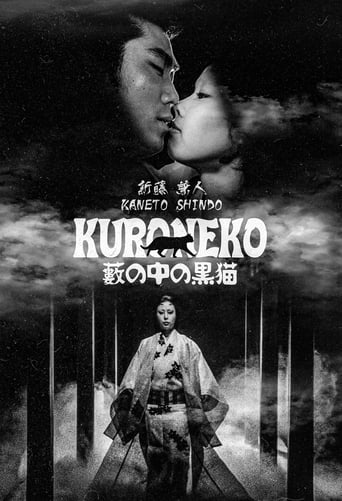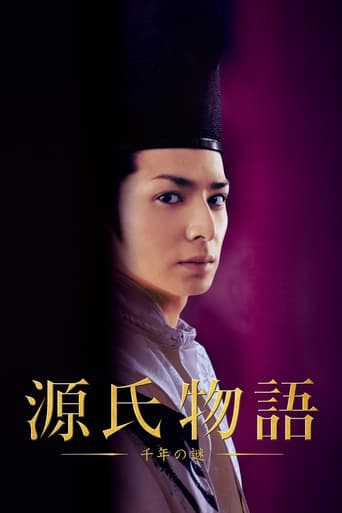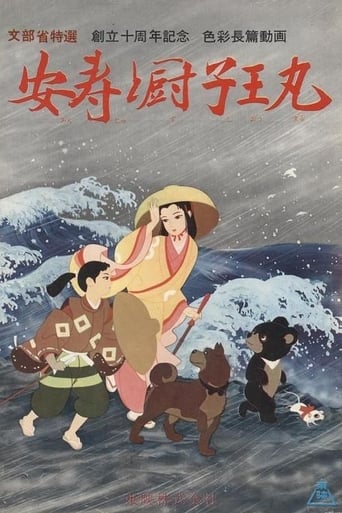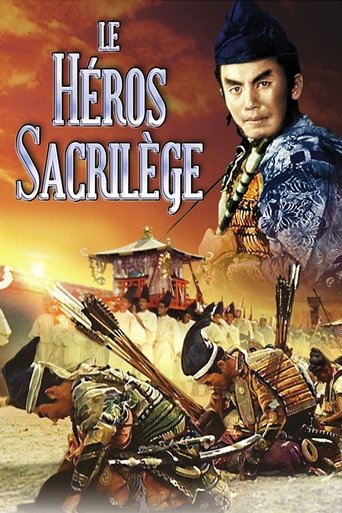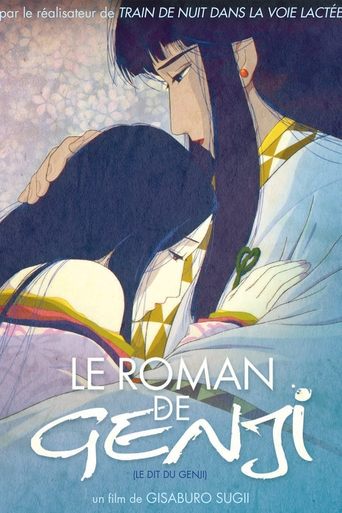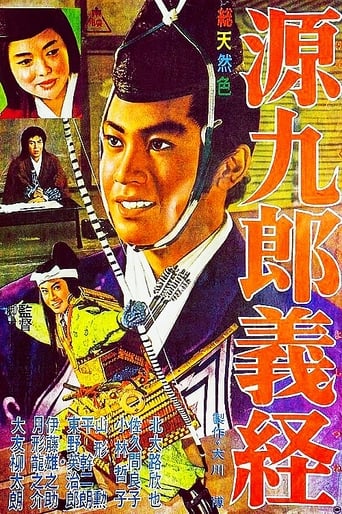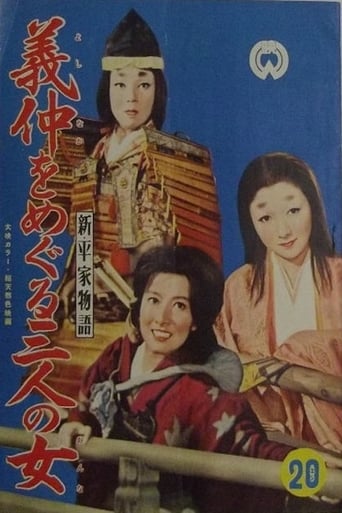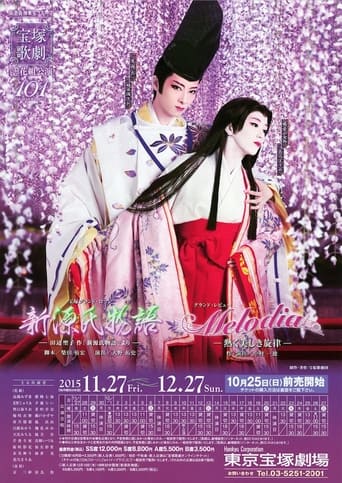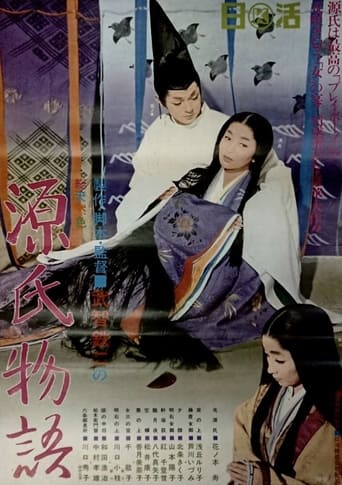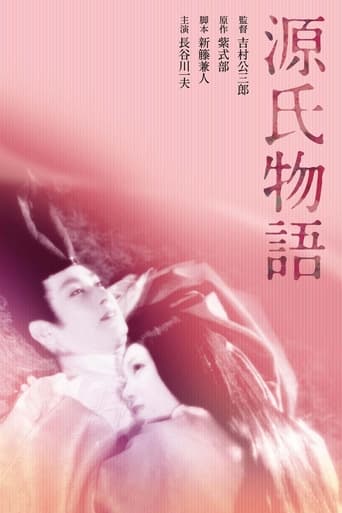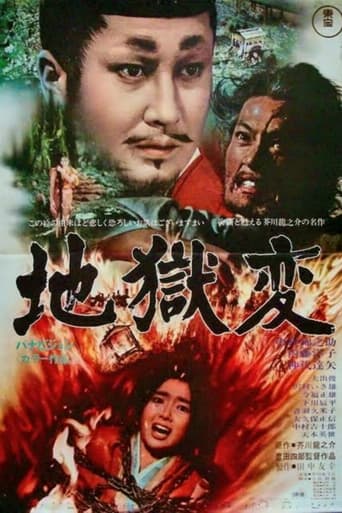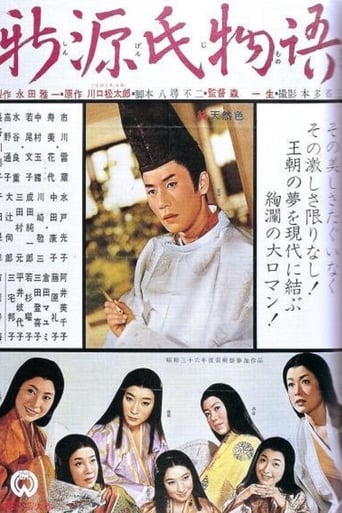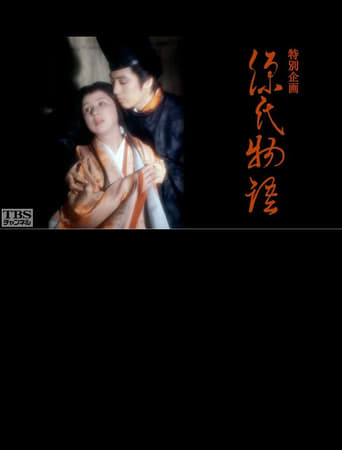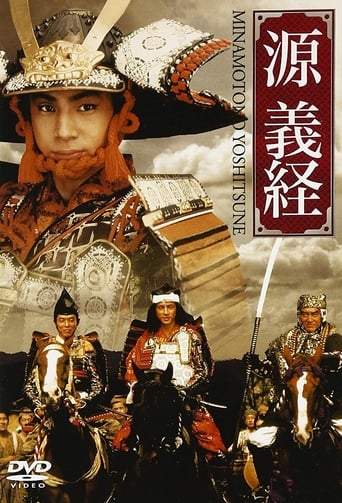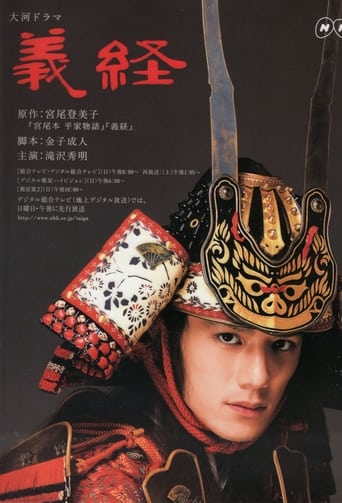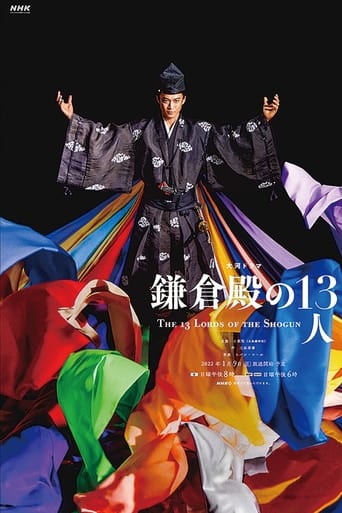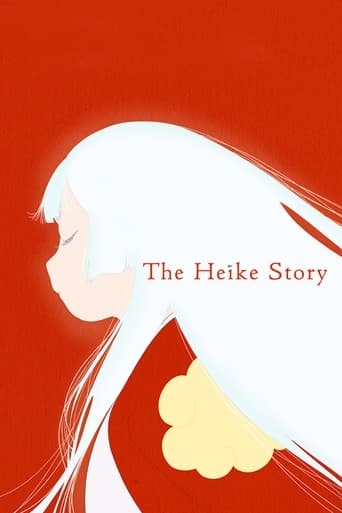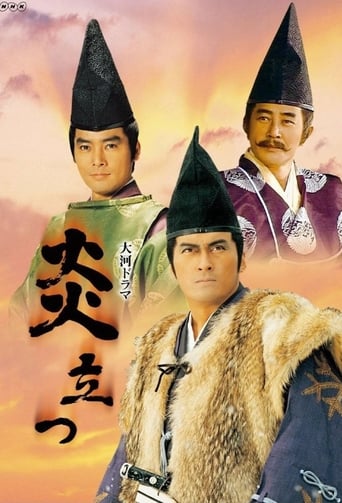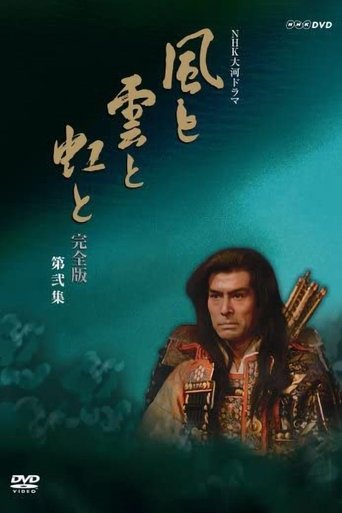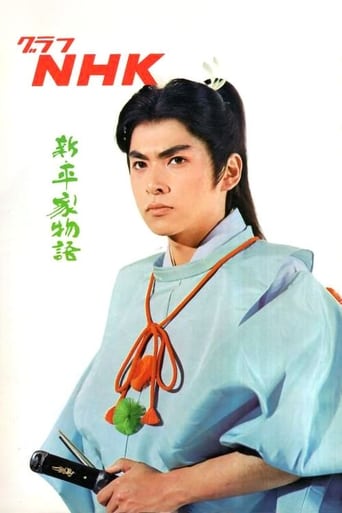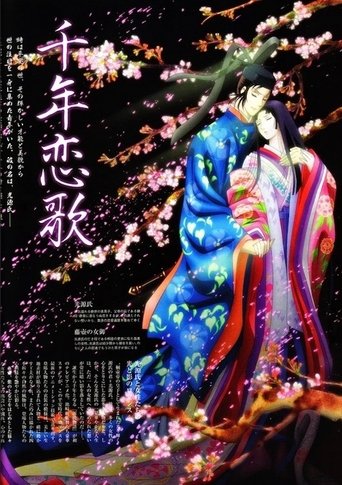Rashômon 1950
Kyoto, au XIe siècle. Sous le portique d'un vieux temple en ruines, Rashômon, trois hommes s'abritent de la pluie. Les guerres et les famines font rage. Pourtant un jeune moine et un vieux bûcheron sont plus terrifiés encore par le procès auquel ils viennent d'assister. Ils sont si troublés qu'ils vont obliger le troisième voyageur à écouter le récit de ce procès : celui d'un célèbre bandit accusé d'avoir violé une jeune femme et tué son mari, un samouraï. Le drame a eu lieu dans la forêt à l'orée de laquelle est situé le portique de Rashômon. L'histoire est simple : Qui a tué le mari ? Le bandit Tajomaru, la femme, un bûcheron qui passait ou le mari lui-même qui se serait suicidé ? Autant d'hypothèses vraisemblables. Mais les dépositions des témoins devant le tribunal apportent à chaque fois une version différente du drame, et la vérité ne percera qu'après de nouvelles révélations surprenantes...

